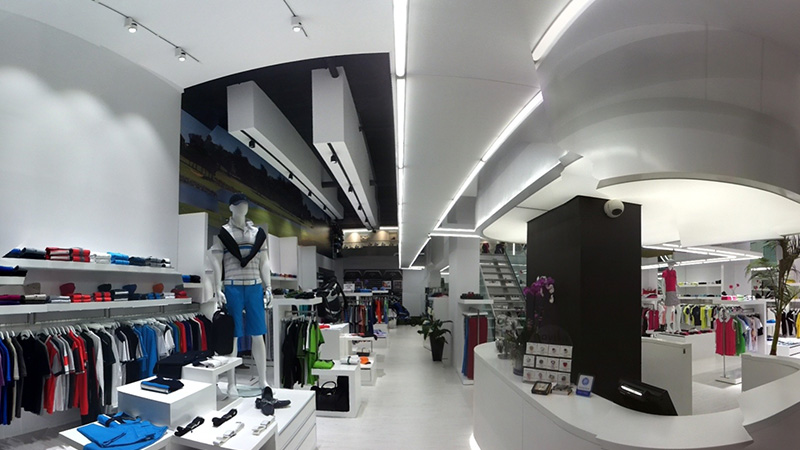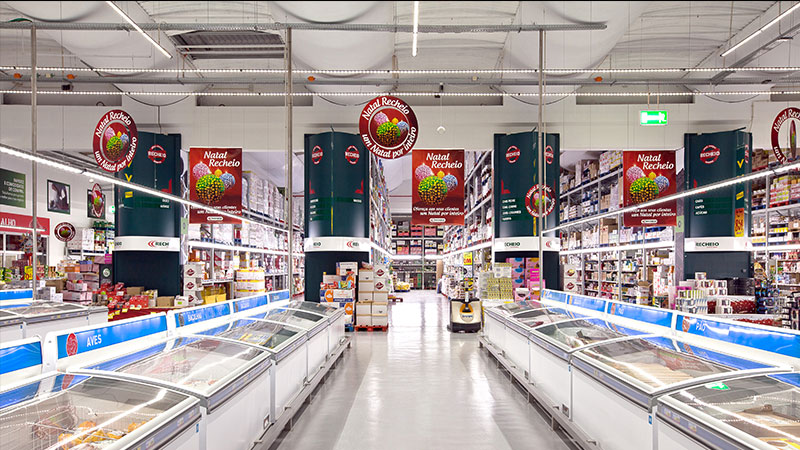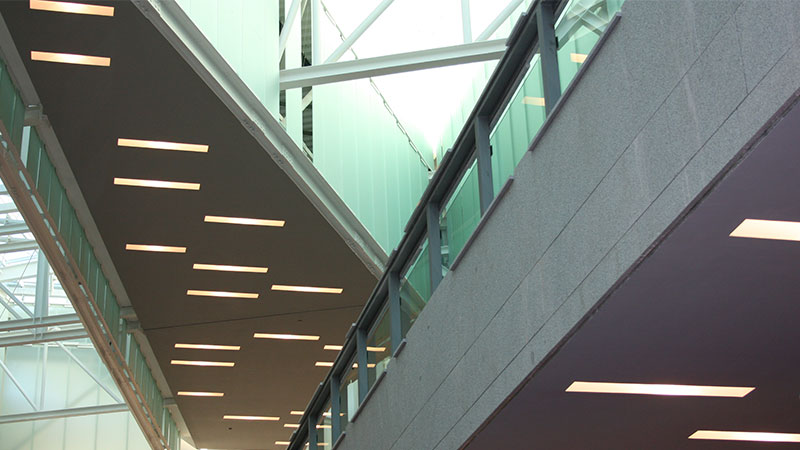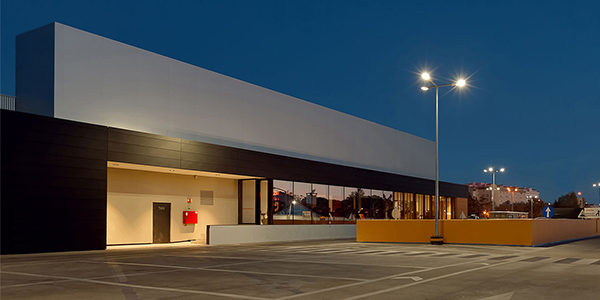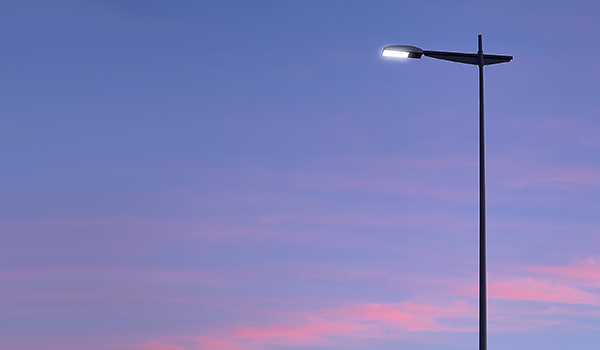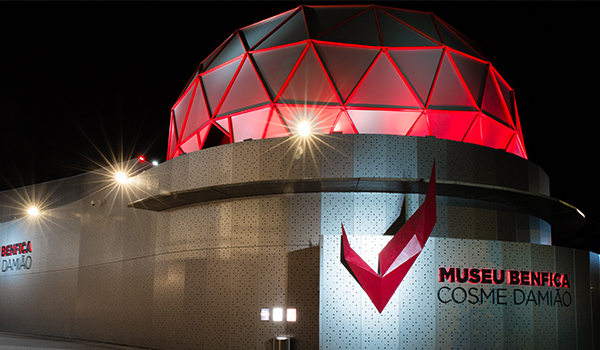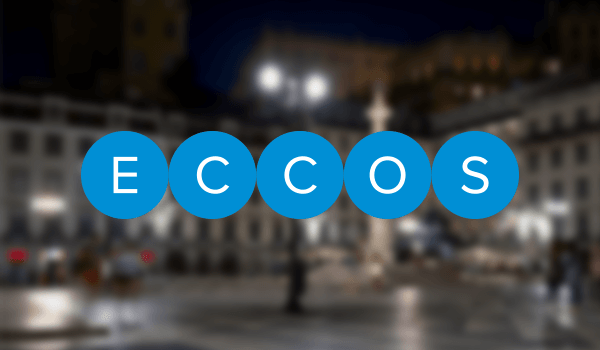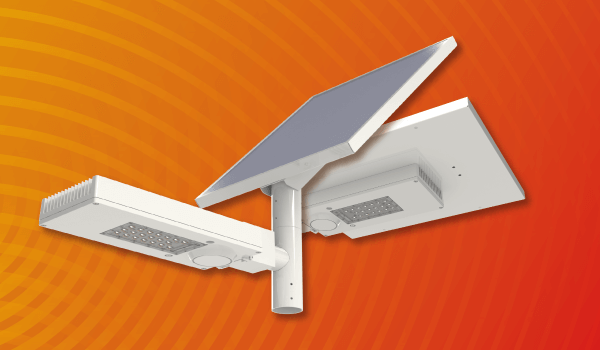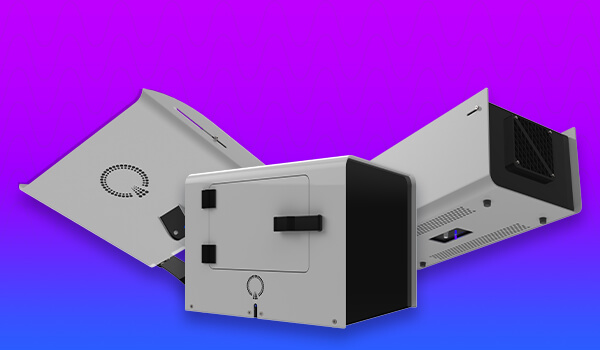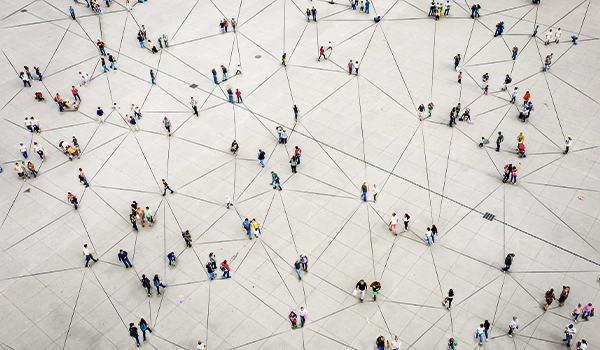Efficiency is a constant concern for managers of commercial enterprises. Depending on the type of activity, lighting can represent up to 75% of their total electricity costs, as is the case in the logistics sector. Commercial lighting systems are one area where it is possible to simultaneously increase quality and reduce operating and maintenance costs.
One of the most common ways of optimizing electrical consumption in a commercial lighting system is to focus on some luminaires, automatically switching them on and off according to occupancy and whether there is activity. It is also possible to use dimming depending on the amount of natural light coming in from outside, by applying motion sensors and controllable photocells. This can result in savings of up to 50%.
High Intensity Discharge (HID) light sources and fluorescent lamps have for many years dominated lighting in commercial facilities. However, their characteristics do not allow us to use the good management practices mentioned above.
These types of lamps have high inertia loads at start-up and shut-down, so they are not suitable for the application of motion sensors and are rarely associated with control systems. In addition, although these traditional technologies can be used with dimmers, this significantly reduces the lifetime specified by their manufacturers.
OUR EXPERIENCE
Our light designing team has extensive experience in the design and renovation of lighting systems in different industrial contexts such as factories, industrial pavilions, warehouses, car parks and petrol stations, among
other projects. We offer customer support on ergonomics, compliance with regulations, efficiency and maximized returns on investment (ROI) (
Arquiled services). Check
here our product line.


